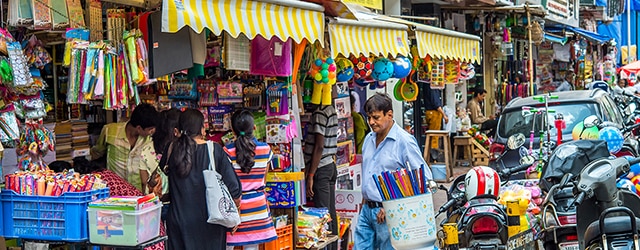Is this the emergence of a new "India First" trade policy?

Prime Minister Narendra Modi surprised the world when he announced last month that India would exit the Regional Comprehensive Economic Partnership (RCEP) trade agreement.
RCEP was launched with much fanfare seven years ago, during the 21st Association of Southeast Asian Nations (ASEAN) Summit in Cambodia. It is a free-trade agreement between ten member states of ASEAN, including Brunei, Cambodia, Indonesia, Laos, Malaysia, Myanmar, the Philippines, Singapore, Thailand and Vietnam, plus six free-trade partners: China, Japan, India, South Korea, Australia and New Zealand.
Supporters dub RCEP a boon for developing and developed countries, particularly during a time of protectionist regimes. The pact grants member states access to a market with a combined population of 3.7 billion people—nearly half the world’s population in 2019.
However, the pact may also allow corporate giants to flood markets with cheap goods, jeopardizing millions of farmers and small businesses that have neither the infrastructure nor the expertise to compete. India’s refusal to become a signatory was triggered by widespread protests against the deal by agricultural farmers, dairy farmers and small-business owners.
“There was no level playing field in the RCEP. India is relatively competitive in services but is not getting a favorable trade agreement,” says Dr. A. Ganesh-Kumar, a professor and dean of faculties at the Indira Gandhi Institute of Development Research. “Manufacturing and agricultural infrastructure are very poor, so India is not competitive in these sectors. Consequently, these sectors may not be able to face greater import competition from the RCEP countries.” India already has a large trade deficit with 11 out of 15 RCEP member countries, Ganesh-Kumar notes.
“India’s exit is likely to be temporary,” he argues. “Eventually, India may have to join the RCEP, especially if there is no improvement in the global trade conditions, and protectionist tendencies in developed countries persist.”



